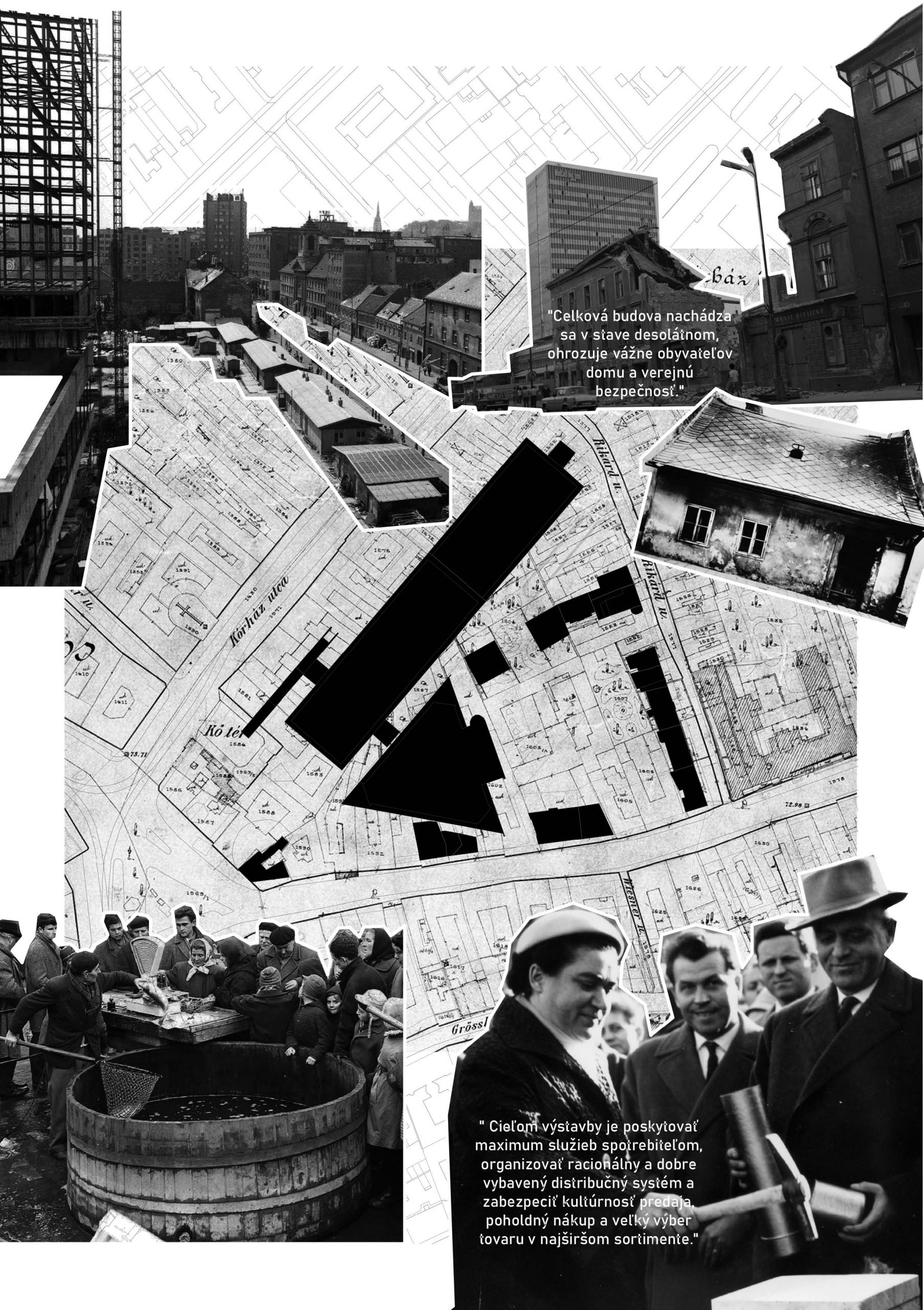Bratislava is a characteristic example of a city decisively shaped by the ideas of the 20th century. Over two-thirds of its current area was built in the spirit of the principles of modern architecture and urban planning across the 20th century. Yet these town planning or architectonic conceptions, paradoxically, largely formulated the urban structure of Bratislava not within the sense of, but sometimes directly against the idea of the planned aims. The study presents in short the planning history of the city and introduce methodological background of the research. In the urban structure of Bratislava, we have identified places that represent certain types of spatial problems and at the same time illustrate the characteristic phenomena and processes of city planning and construction during the last 100 years. The development trajectories of these situations illustrate not only the transformation of the city but also the evolution of opinions in the area of town planning and city construction. Within the urban structure of the city of Bratislava we have illustrated 3 types of problems. Transformation of a Linear Street Structure into a Multidirectional Complex Urban Structure – Obchodná street, the route from a periphery to a modern centre Kamenné square and the development from factory yard to downtown Chalúpkova Zone.

This work is licensed under a Creative Commons Attribution 4.0 International License
